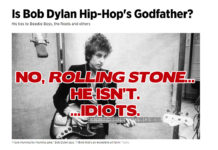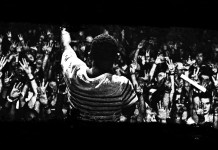A few weeks ago, Eddie Antar died.
How this news affected you were depends largely on your connection to New York City — how close you lived and how old you are.
Younger folks wouldn’t know to care and the news would barely travel outside of the metropolitan area, but for New Yorkers of a certain age, we all knew Crazy Eddie.
Well, we all knew OF Crazy Eddie. Eddie Antar was the founder of retail electronics chain Crazy Eddie, which was famous for outrageous television commercials fronted by DJ, actor and eventual advertising executive Jerry Carroll, who, to many of us, WAS Crazy Eddie.
Antar eventually got pinched for fraud, along with his CFO brother, and the chain eventually floundered, but when locals heard he had died, those old commercials instantly jumped to the forefront of our mind’s eye as we recalled fuzzy, square-framed TVs, neon sign lights and a furiously excited Carroll yelling about Eddie’s crazy low prices.
Perhaps it’s the effects of pure nostalgia, the near-ubiquity and uber-uniqueness of Crazy Eddie’s commercials but for a lot of people, recalling these visuals invoke pure New York.
Fitting then, that Queens-bred (but citywide nomad) Homeboy Sandman emerges with a striking, throwback ode to the 600+ million people who traverse the mighty NYC MTA’s bus systems every year.
The Steven Miosku-directed “Bus (A Rhyme)” expertly creates the look and feel of old-school, fuzzy VHS tape following Homeboy Sandman as he criss-crosses the Big Apple, scribbling rhymes in a notebook, observing people and places around the city while reminding all about the “scenic routes,” Jansport-string-snatching, bus pass-passing, two-fare zone, bus riding days many New Yorkers are intimately familiar with.
(All too?) often, hip-hop tributes to New York reflect on surviving and thriving in rough and tumble, crime-ridden streets and neighborhoods.
These stories are indeed part of NY’s DNA, but what Homeboy Sandman does is paint a beautiful picture of a simpler task — taking an NYC bus — that much more intimately and accurately describes a slice of life in this urban megalopolis that millions can relate to.
The juxtaposition of the footage — vintage visual treatment of current footage — also subtly reminds us of the permanence of this particular mode of transportation. Aside from small changes — pushing tape instead of pulling a string to signal a desire to disembark — the journey of traversing New York City by public bus — kids throwing insults around, the multitude of working class and immigrant riders, the churches and fast food spots sliding past outside the window — is very much the same as it ever was.
By the end of the trip down MTA memory lane, Homeboy Sandman remembers “what he rap for,” and we remember why we love him for it. His mental and verbal range is proven to be uncanny, but his ability to take a simple, seldom-rapped-about subject (canned goods, homeless people, riding the bus) and treat them with such observational complexity is perhaps unmatched.
It’s true. Homeboy Sandman’s rap abilities are INNNN-SAAAANE!
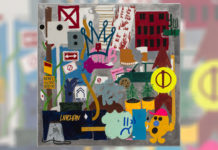
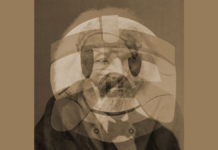

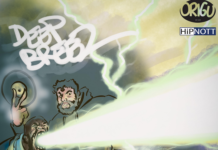

![The Underachievers – Crescendo [VIDEO]](https://www.birthplacemag.com/wp-content/uploads/2017/08/hqdefault-2-218x150.jpg)


![Fat Joe & Remy Ma ft. The-Dream – Heartbreak [VIDEO] Fat Joe Remy Ma The Dream - Heartbreak Video](https://www.birthplacemag.com/wp-content/uploads/2017/05/fat-joe-remy-ma-218x150.jpg)
![JSWISS featuring Chandanie – LML [VIDEO] JSWISS featuring Chandanie - LML [VIDEO]](https://www.birthplacemag.com/wp-content/uploads/2017/05/JSWISS-218x150.jpg)

![Akinyemi Ends Summer With “Summers” EP Release Show [9-17-17] Akinyemi 'Summers' EP release show at Brooklyn Bazaar](https://www.birthplacemag.com/wp-content/uploads/2017/09/summers-featured-218x150.jpg)
![4th Annual NYC VS EVERYBODY Yacht Party [9/16/17] #VSYacht 4th annual NYC VS Everybody Yacht Party#VSYacht](https://www.birthplacemag.com/wp-content/uploads/2017/09/vsyacht-218x150.jpg)


